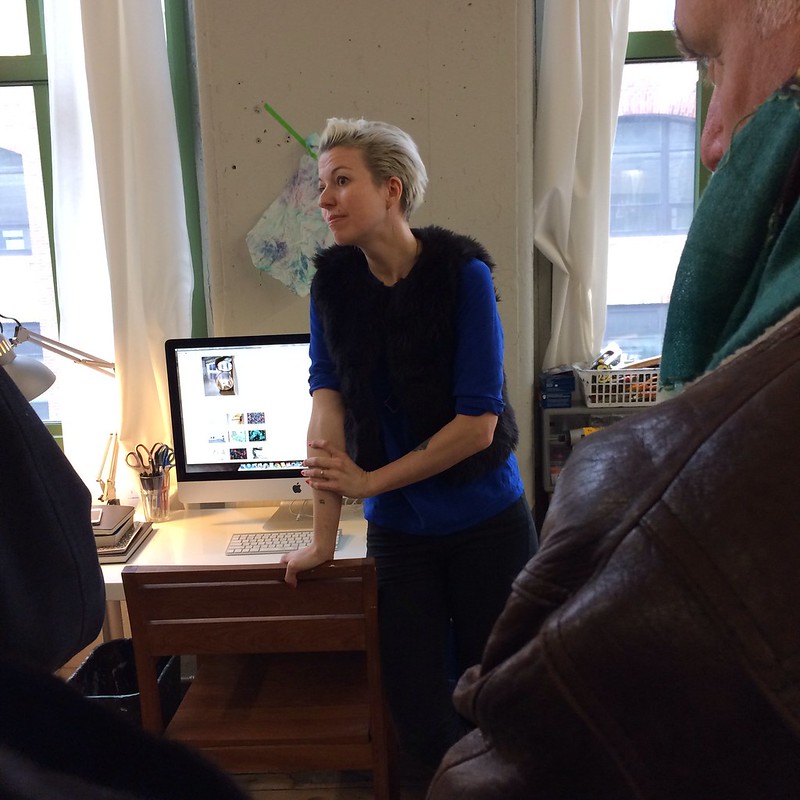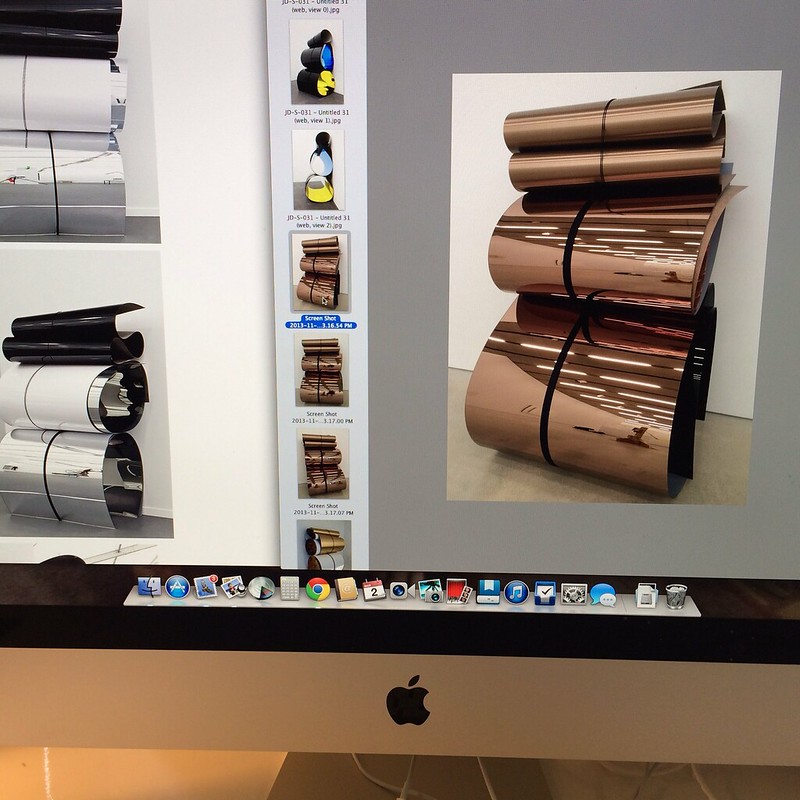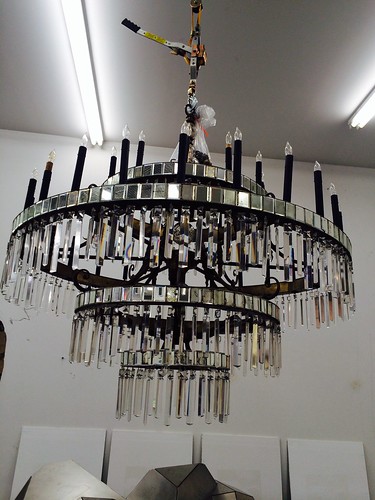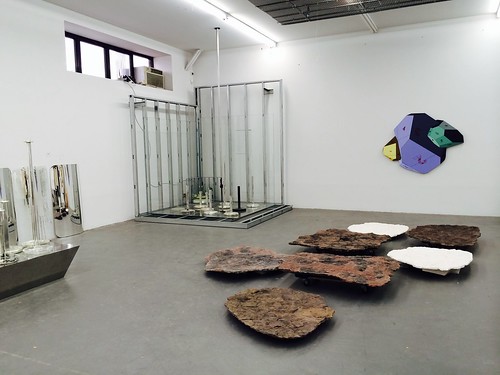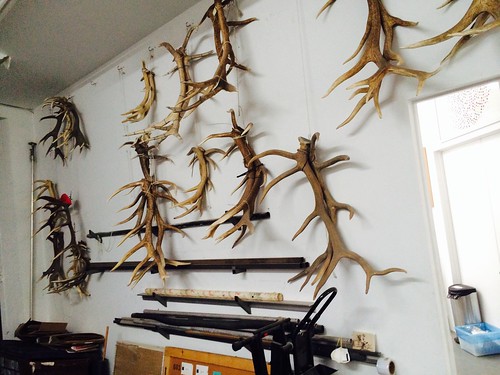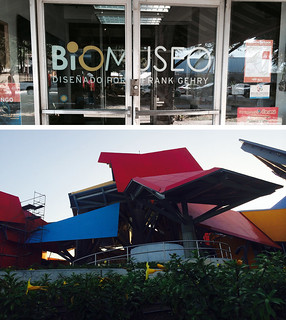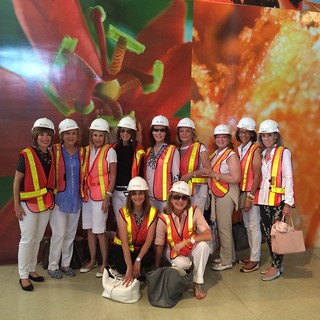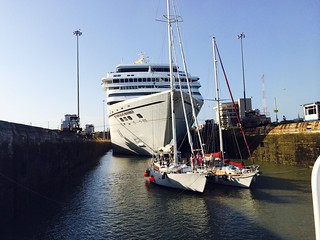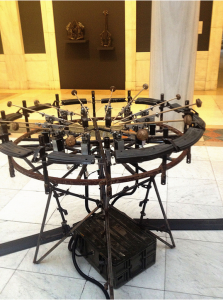Gallery Collaborations: A Trend in the Making?
Cooperation and shared programming is the new trend in the art gallery world today.
Mary Boone started it when she presented a shared Julian Schnabel show with Leo Castelli in 1981.
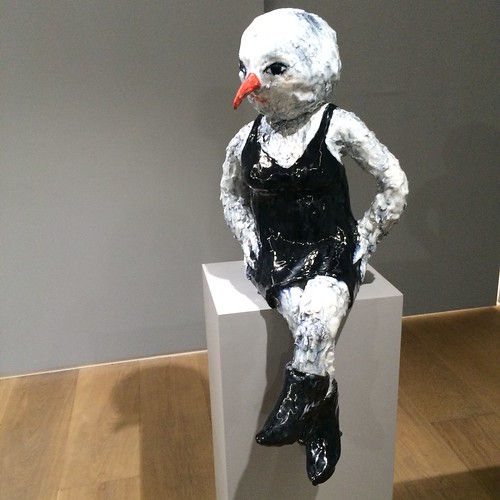
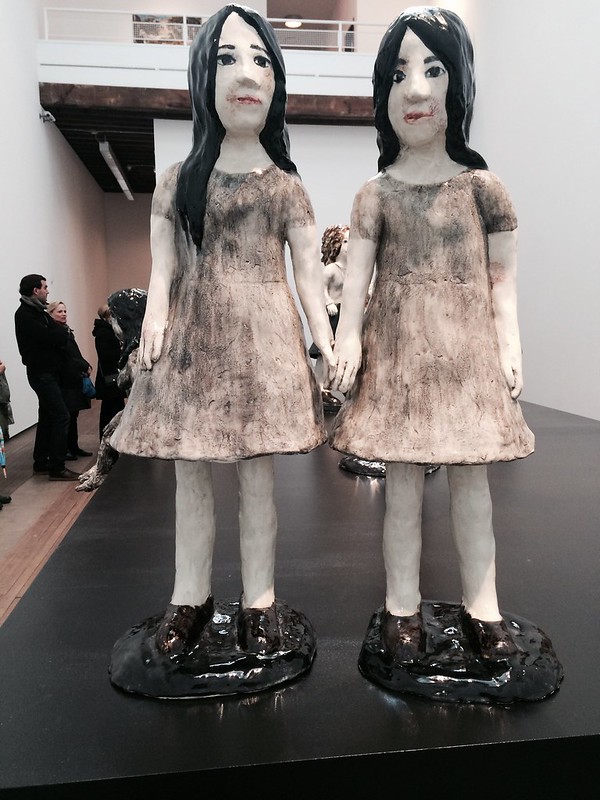
Today, on the Lower East Side, the Lehmann Maupin Gallery is showing Czech-born and Sweden-based artist Klara Kristalova‘s engaging ceramic works. Uptown, Galerie Perrotin is also showing Kristalova’s whimsical pieces in their downstairs gallery.
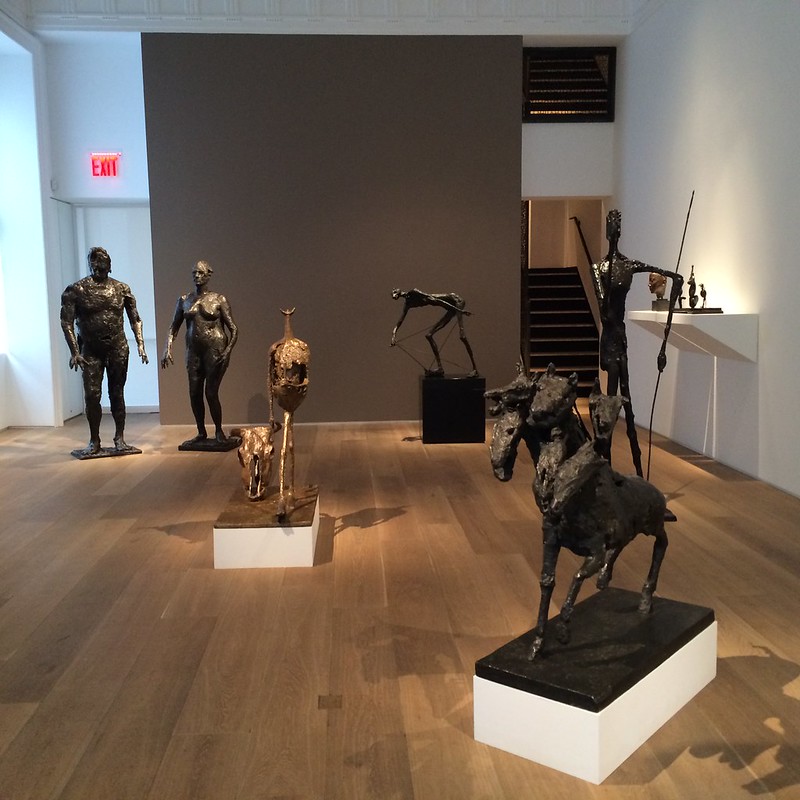
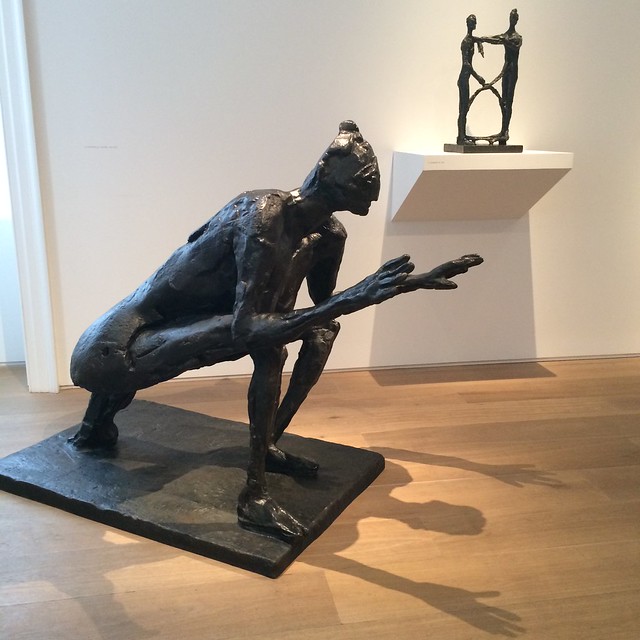
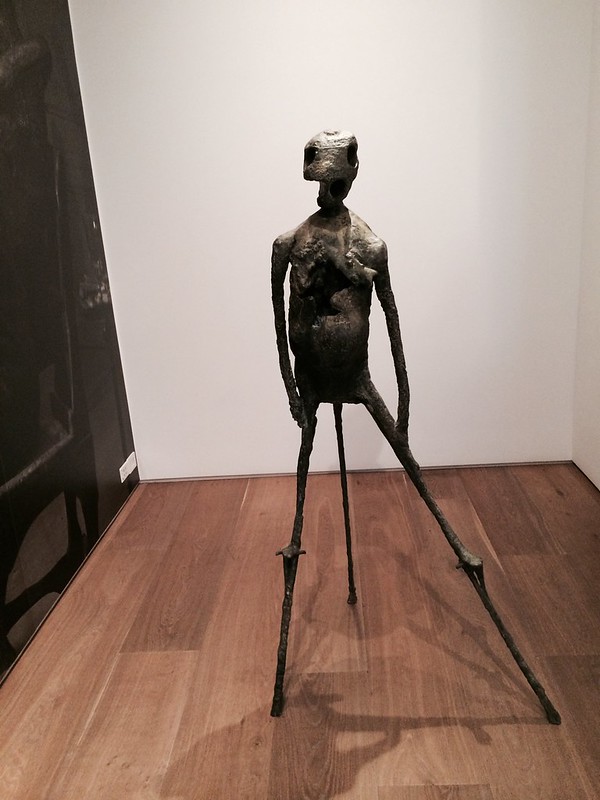
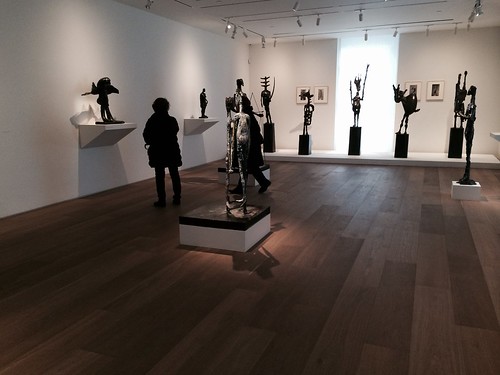
Galerie Perrotin and Dominique Levy are jointly presenting the powerful sculptures of French artist Germaine Richier. Since both galleries are housed in the same building, viewing these sculptures is a fluid experience.
Robert Longo will have two concurrent shows this month. Metro Pictures Gallery is highlighting Longo’s mid-century work in black and white charcoal. Meanwhile, at Petzel Gallery, the theme is American politics. Longo’s 40-foot wide drawing of the United States Capitol Building and 17 foot high wood and wax sculpture of the American flag will be installed in their main gallery spaces.
Does shared programming represent a new marketing approach for galleries? Galleries are experimenting with expanding the reach and brand of their artists by sharing shows with other galleries. In this way, artists can widen the audience viewing their work, reaching multiple communities simultaneously and enhancing an artist’s brand.
It is difficult to compete with Larry Gagosian who has 11 galleries worldwide. He can recycle shows all over the globe, and strengthen each artist’s international presence. It is an interesting model; galleries will have to change their programming to keep up.


























